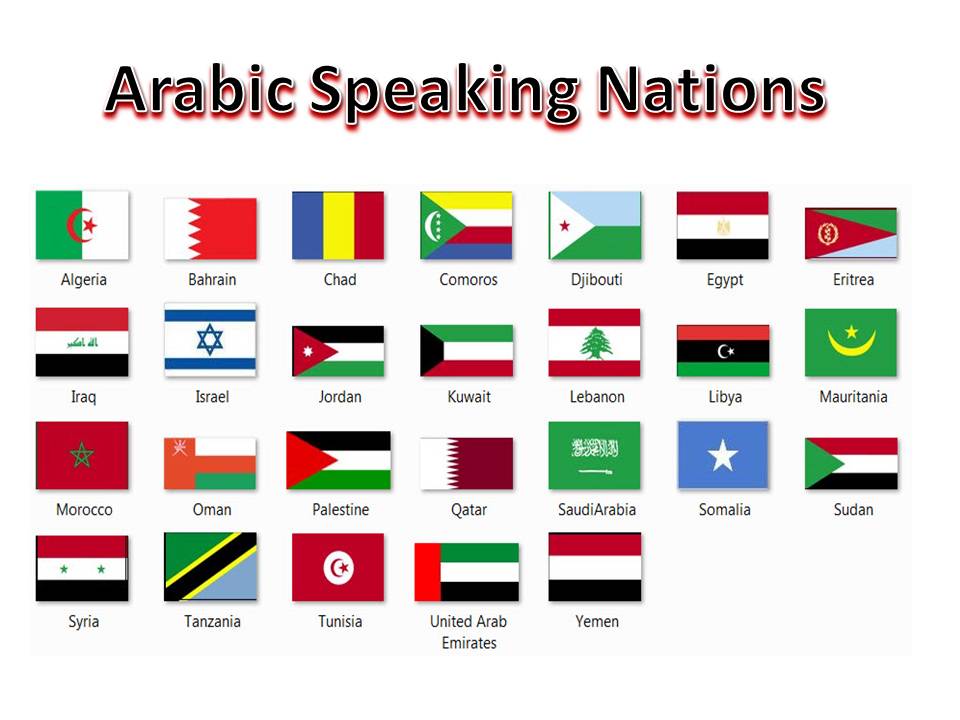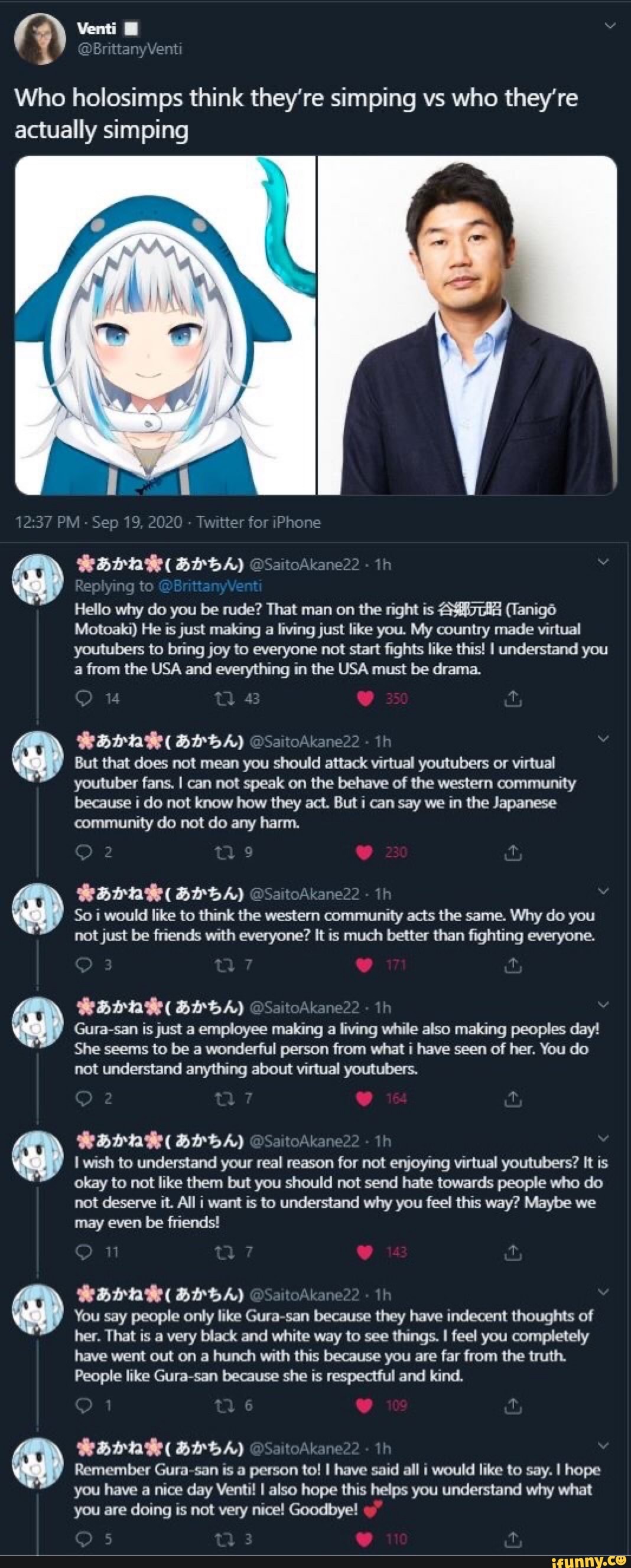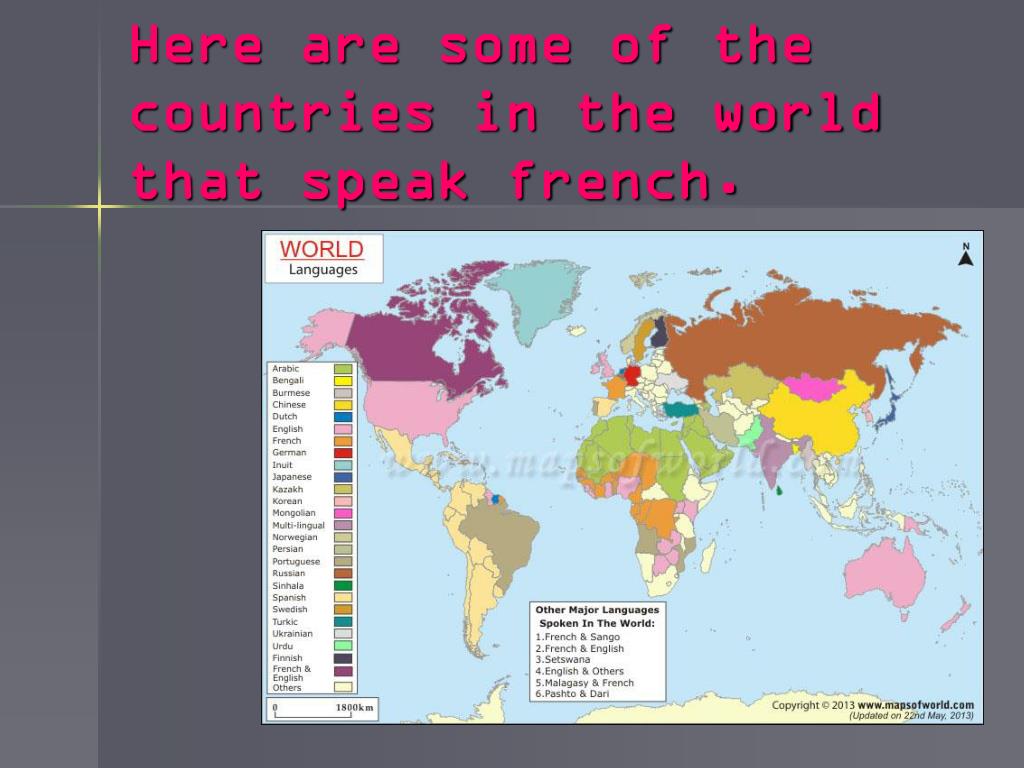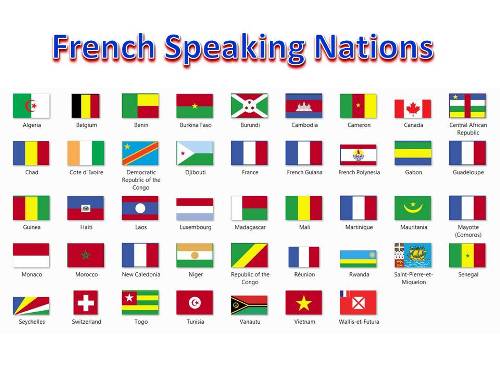Hindi and Urdu are generally considered to be one spoken language with two different literary traditions. That means that Hindi and Urdu speakers who shop in the same markets have no problems understanding each other -- they'd both say yeh kitne kaa hay for 'How much is it? And the Urdu one will be یہ کتنے کا ہے؟ Hindi is written from left to right in the Devanagari script, and is the official language of India, along with English.
Urdu, on the other hand, is written from right to left in the Nastaliq script and is the national language of Pakistan. It's also one of the official languages of the Indian states of Bihar and Jammu & Kashmir. Considered as one, these tongues constitute the second most spoken language in the world, sometimes called Hindustani. In their daily lives, Hindi and Urdu speakers communicate in their 'different' languages without major problems. Both Hindi and Urdu developed from Classical Sanskrit, which appeared in the Indus Valley at about the start of the Common Era. The first old Hindi poetry was written in the year 769 AD, and by the European Middle Ages it became known as 'Hindvi'.
Muslim Turks invaded the Punjab in 1027 and took control of Delhi in 1193. They paved the way for the Islamic Mughal Empire, which ruled northern India from the 16th century until it was defeated by the British Raj in the mid-19th century. It was at this time that the language of this book began to take form, a mixture of Hindvi grammar with Arabic, Persian and Turkish vocabulary. The Muslim speakers of Hindvi began to write in the Arabic script, creating Urdu, while the Hindu population incorporated the new words but continued to write in Devanagari script. In India, although Urdu is not and never was used exclusively by Muslims , the ongoing Hindi–Urdu controversy and modern cultural association of each language with the two religions has led to fewer Hindus using Urdu. In part because the Pakistani government proclaimed Urdu the national language at Partition, the Indian state and some religious nationalists began to regard Urdu as a 'foreign' language, to be viewed with suspicion.
Working with Interpreters within a group setting poses particular challenges for Interpreters. Work needs to be done to prepare Interpreters for group education; in assisting them with medical language, and placing this within the appropriate cultural context. Diabetes Specialist Nurses need to facilitate the preparation of Interpreters and they also need to be sensitive and responsive to where their learners are in terms of health literacy. DSNs should commence their education using the most simplest of terms with regard to anatomy, physiology and how the body works.
Using Conversation Maps™ is an appropriate method of delivering structured patient education to Urdu/Punjabi speaking people with type 2 diabetes provided there is appropriate translation and interpretation delivered by appropriately trained Interpreters. Urdu, which was often referred to by the British administrators in India as the Hindustani language, was promoted in colonial India by British policies to counter the previous emphasis on Persian. Urdu replaced Persian as the official language of India in 1837 and was made co-official, along with English. To learn advance urdu grammar is become a part of every student who is studying in Pakistan & India.
Anyone who want to get this fast Urdu learning app can just download it easily from Google play store. There are many latest and new Urdu translator available on the play store but this urdu translator is one of the best and easy app for every student or person. All the phrases are placed in appropriate language categories, which makes it easier to find an expression according to the situation.
In contrast to traditional Urdu learning approach, the app introduces a new approach that utilizes informal Urdu learning method. It is an offline Urdu lessons app, which is one of the reasons many users prefer this urdu app to learn urdu language over other Android application. The Urdu learning app's offline feature makes it readily available to the users anytime, anywhere they need. First, people who are motivated to find out more about their health will attend structured patient education that focuses on teaching them skills in self-management of their condition.
The participants may be strangers who meet through the particular educational initiative relating to a specific disease. The key focus of the group is to promote learning and understanding of a condition with a view to supporting someone self-manage. The group normally ends when the formal education is completed although on-going support may be required . The education is predominantly health care profession led although the method of delivery of education is very variable.
Group dynamics are around participation, self-reflection and applying knowledge to an individual's own particular situation. One study has found that group interactions supported social adjustments to another long term condition that may be transferrable to people with diabetes . App To Learn Urdu Language is a simple and effective urdu learning app for everyone who wants to learn Urdu and speak in Urdu in no time.
The advance Urdu learning app consists of frequently used Urdu words, Urdu expressions and easy urdu phrases with excellent pronunciation audios. This fast Urdu learning app is designed to serve the purpose of learning for students and travelers as well as Urdu translator for anyone interested. Anyone who want to study in foreign country like Pakistan and there is necessary for him or her to learn Urdu can come on this app and can learn advance Urdu for free. Anyone can translate Urdu into english and can learn what is written in the Urdu language. In the Delhi region of India the native language was Khariboli, whose earliest form is known as Old Hindi . It belongs to the Western Hindi group of the Central Indo-Aryan languages.
The contact of the Hindu and Muslim cultures during the period of Islamic conquests and in the Indian subcontinent led to the development of Hindustani as a product of a composite Ganga-Jamuni tehzeeb. In cities such as Delhi, the Indian language Old Hindi began to acquire many Persian loanwords and continued to be called "Hindi" and later, also "Hindustani". In southern India , a form of the language flourished in medieval India and is known as Dakhini, which contains loanwords from Telugu and Marathi. An early literary tradition of Hindavi was founded by Amir Khusrau in the late 13th century.
From the 13th century until the end of the 18th century the language now known as Urdu was called Hindi, Hindavi, Hindustani, Dehlavi, Lahori, and Lashkari. The Turko-Afghan Delhi Sultanate established Persian as its official language in India, a policy continued by the Mughal Empire, which extended over most of northern South Asia from the 16th to 18th centuries and cemented Persian influence on Hindustani. The name Urdu was first introduced by the poet Ghulam Hamadani Mushafi around 1780.
As a literary language, Urdu took shape in courtly, elite settings. While Urdu retained the grammar and core Indo-Aryan vocabulary of the local Indian dialect Khariboli, it adopted the Nastaleeq writing system – which was developed as a style of Persian calligraphy. Greater Glasgow and Clyde Health Board uses Interpreters who translate information which may include some 'interpretation', especially of clinical information, into a culturally understandable format.
Lothian utilizes both Interpreters and Linkworkers who fulfill quite different roles. Interpreters fulfill the function of translating words into the language of the hearer. Linkworkers are team members and build a rapport with patients to ensure that there is a trusting relationship between them.
Linkworkers find commonalities with their patients that support cultural identity and address any power imbalances between professionals and patients . The role involves health promotion and health improvement and hence they work very closely with communities. Linkworkers bridge linguistic, cultural, conceptual and knowledge barriers that could hinder patients with professional communications. The Lothian Linkworker is an Urdu/Punjabi speaking Pakistani who understands her culture and the impact of diabetes on people's lives.
Urdu countries are the countries where Urdu is used for interaction between citizens and government officials. In Urdu countries, all the official documents are written in Urdu language. Each Urdu dialect has it's own pronunciations and words, as a result of these differences, sometimes communication problems arise between speakers from different Urdu speaking countries. Urdu is a Central Indo-Aryan language that is the official national language of Pakistan and is one of India's many constitutionally recognized official languages.
It is spoken by approximately 70 million people worldwide natively. Urdu is Pakistan's lingua franca, and while only 7% of Pakistanis speak Urdu natively, most Pakistanis understand Urdu and speak it as a second language. ConclusionThis discussion article has highlighted some key clinical challenges in caring for Urdu/Punjabi speaking people with type 2 diabetes in two Health Boards in Scotland during 2013. These challenges relate to providing structured patient education in a group format using Interpreters and Linkworkers and with established educational tools within standard care. Urdu is the national language of Pakistan and an official language of the six states in North India with significant Muslim populations.
Both Urdu and Hindi are standard registers of the Hindustani language. Before the Partition of India, the terms Hindustani, Urdu, and Hindi were synonymous. Today, though mutually intelligible, they differ in their technical and literary vocabularies with Urdu influenced heavily by Persian and Arabic and Hindi by Sanskrit. Mutual intelligibility decreases in literary and specialised contexts that rely on academic or technical vocabulary. In a longer conversation, differences in formal vocabulary and pronunciation of some Urdu phonemes are noticeable, though many native Hindi speakers also pronounce these phonemes. At a phonological level, speakers of both languages are frequently aware of the Perso-Arabic or Sanskrit origins of their word choice, which affects the pronunciation of those words.
Urdu speakers will often insert vowels to break up consonant clusters found in words of Sanskritic origin, but will pronounce them correctly in Arabic and Persian loanwords. As a result of religious nationalism since the partition of British India and continued communal tensions, native speakers of both Hindi and Urdu frequently assert that they are distinct languages. Implications for NursingDiabetes Specialist Nurses are at the forefront of providing patient education in both an informal manner and also through structured patient education. Structured patient education can improve both clinical outcomes as well as knowledge on diabetes .
The challenge is to transfer these findings, derived from randomized controlled trials, into routine practice and care. Most Health Boards utilize either Interpreters or Linkworkers to support the engagement of people from black and minority ethnic groups interface with health care professionals for health related consultations and decision making. Such communications are normally on a one-to-one basis although they often include family members as well. Some BME communities have strong oral traditions and it is common for people to speak one language but read a different script or none at all e.g. a Punjabi speaking person may read an Urdu script rather than a Punjabi Gurumukhi script.
A recent study concluded that patient education based on story telling that encourages minority ethnic people to share their knowledge and experience supports self management . Patient education must therefore take such cultural differences into account. With roughly 154 million native speakers, Russian is the eighth most spoken language in the world. Famed for its inscrutable grammar and quite lovely Cyrillic script, it remains one of the six languages spoken in the United Nations, and produced the literary likes of Dostoyevsky, Nabokov, Chekhov, Gogol, Tolstoy and Pushkin.
Country of Birth data identifies where people were born and is indicative of the level of cultural diversity within the Urdu speaking population. Some people speaking a particular language came predominantly from one country before arriving in Australia, but others may have more diverse origins. The mix of Country of Birth groups is also indicative of historical settlement patterns, as source countries for Australia's immigration program have varied significantly over time.
Urdu is the sole national, and one of the two official languages of Pakistan . It is spoken and understood throughout the country, whereas the state-by-state languages are the provincial languages, although only 7.57% of Pakistanis speak Urdu as their first language. Its official status has meant that Urdu is understood and spoken widely throughout Pakistan as a second or third language. It is used in education, literature, office and court business, although in practice, English is used instead of Urdu in the higher echelons of government. Article 251 of the Pakistani Constitution mandates that Urdu be implemented as the sole language of government, though English continues to be the most widely used language at the higher echelons of Pakistani government. Some who are from a non-Urdu background now can read and write only Urdu.
With such a large number of people speaking Urdu, the language has acquired a peculiar Pakistani flavour further distinguishing it from the Urdu spoken by native speakers, resulting in more diversity within the language. Lastly, the lack of health literacy was a challenge as participants had little understanding of how their body works and the impact of type 2 diabetes and its management on their day to day living and health. More work needs to be done in supporting Urdu/Punjabi speaking people with type 2 diabetes in understanding how their body works so that they can make educated decisions about lifestyle choices. The oral concept of Conversation Maps TM are standard educational tools, still needs great explanation about health concepts for Urdu/Punjabi speaking people with type 2 diabetes to understand. There were challenges in recruiting Urdu/Punjabi speaking people with type 2 diabetes from the databases utilized.
Databases did not all have the date of diagnosis of type 2 diabetes, a record of the language spoken or a record of any group education previously attended. Those who indicated their willingness to attend an education session, few actually did. There was also an issue relating to the fact that some of those newly diagnosed with Type 2 diabetes spoke English and indicated that an Interpreter was not required. However, it was agreed to include English speaking South Asians as there may have been issues with understanding, especially in relation to health issues and culturally appropriate care. This was difficult for the healthcare professionals as they had to cope with a mixed group in terms of linguistic ability, rather than a group where everyone needed interpretation. Mixed linguistic ability is probably the reality when working with any migrant or minority ethnic group.
First Turkish existance in England is based on acquiring the English citizenship with the conservation of Cyprus in 1987 by England. First immigration of Turkish people was made by Turkish people as a result of pressure of Greeks in Cyprus started in 1940 and increased in 1974. The immigration from Turkey was started in 1970 because of educational, economic and politic reasons.
Furthermore many Turkish people immigrated from Asia, Russia and East Europe. All of the can be called "The community speaking Turkish".This people's childrens are bilingual and it is questionable whether which language is their mother language. Normally as long as knowing mother language well being bilingual is advantageous. But the reaserces have shown that for Turkish bilingual children bilingulism is disadvantageous. Unconsious families, being careless on awareness of bilingulism are the reason for their low language levels in two languages. In this research it is concluded that English level of the children between 5 and 16 is higher and families try to preserve their children Turkish level but the teachers don't consider that this levels are satisfactory.
It is determined that families efforts are inconcious and Turkish schools and courses are not sufficent because of many reasons. During the Pakistan movement, Urdu became a symbol of Islam, uniting muslims across the sub-continent. When Urdu came into being, its central role was communication amongst people belonging to different cultures, regions and religions. Once Pakistan came into being, Urdu was shaped into a political agenda; claiming precedence over the Bengali speaking Pakistanis. When Urdu was declared as the national language of Pakistan, a natural split emerged between the various ethnicities within Pakistan. In 1973, Urdu was recognised as the sole national language of Pakistan – although English and regional languages were also granted official recognition.
It is also one of the 22 official languages recognized in the Constitution of India. It is mutually intelligible with Hindi, and is the lingua franca of the Subcontinent of Hindustan . Urdu has roots of Sanskrit, an Indo-Aryan language, and has significant word and cultural borrowings from Arabic and Persian.
Low literacy is related to poor knowledge and may impact on health outcomes . A study of 280 adults with poor glycaemic control showed that those with low health literacy perceived that their diabetes control was good when it was not . Health literacy relates not only to knowledge but also to the understanding and application of knowledge to inform decision making that also involves health prevention and promotion .































No comments:
Post a Comment
Note: Only a member of this blog may post a comment.